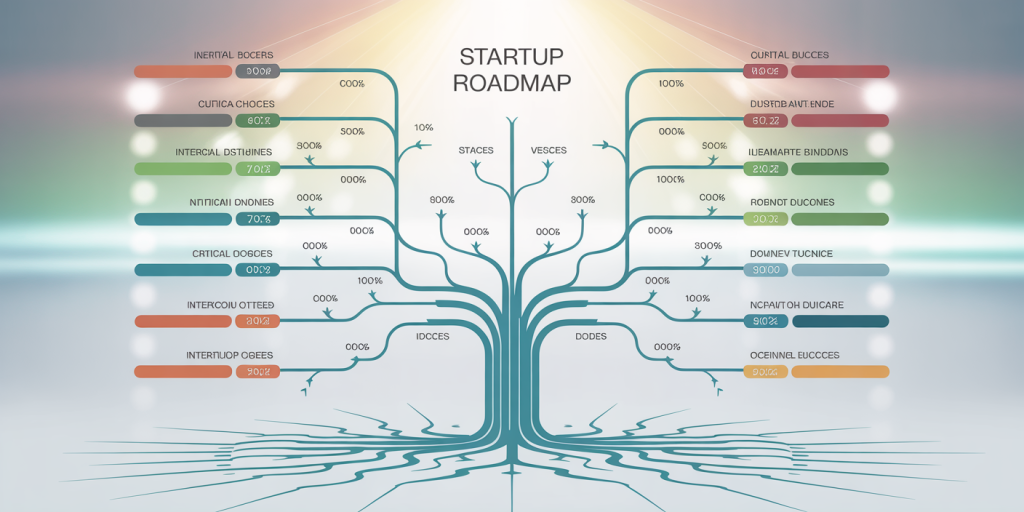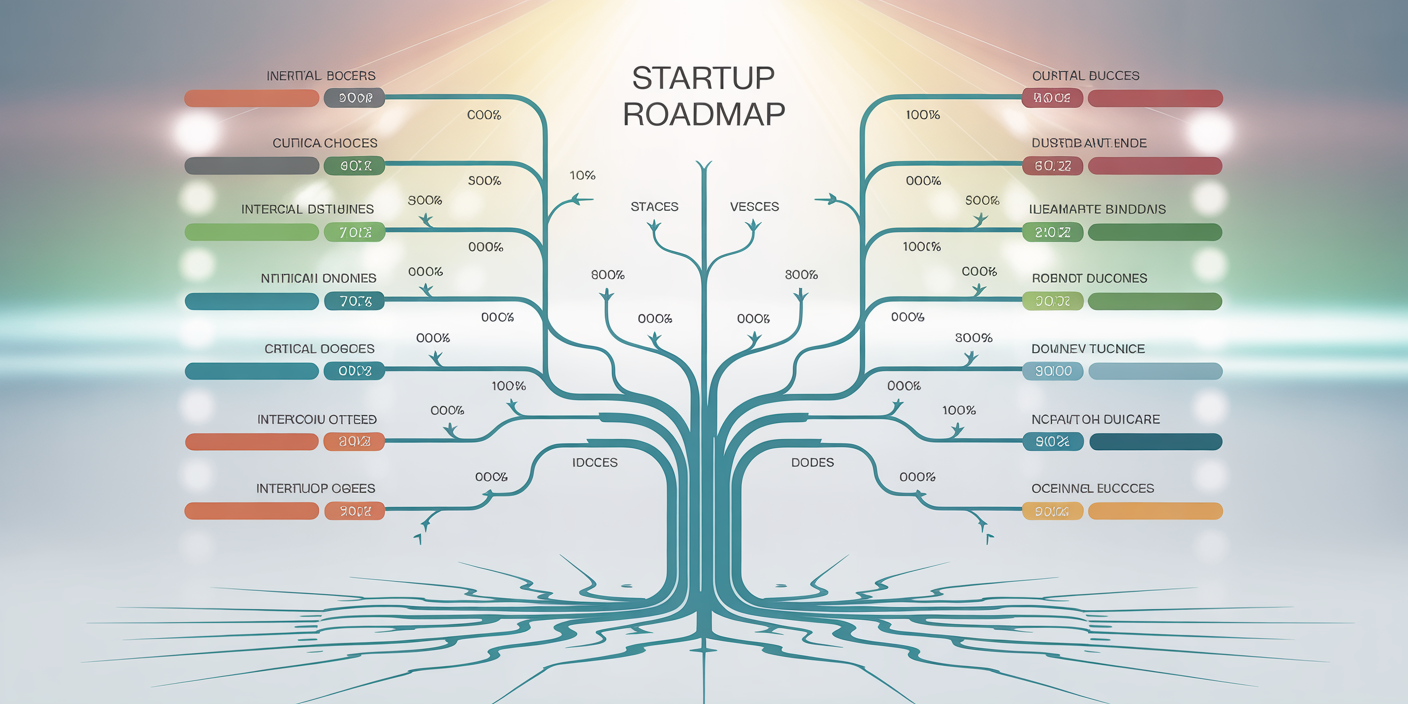From Overthinking to Action: Mental Frameworks That Help You Decide Faster
In a world flooded with choices and information, decision paralysis has become a common issue. Overthinking leads not only to wasted time but also to missed opportunities and increased anxiety. According to a study by the National Science Foundation, individuals who spend excessive time deliberating are 40% less likely to act decisively, which can hinder both personal and professional growth. To overcome this barrier, adopting mental frameworks that streamline the decision-making process is essential. These frameworks allow people to cut through noise, focus on key factors, and move from contemplation to action swiftly and confidently.

The ability to decide faster without sacrificing sound judgment can elevate productivity and overall satisfaction. Business leaders, entrepreneurs, and even everyday individuals benefit immensely from efficient decision-making. By examining cognitive approaches, practical strategies, and comparative analyses, this article presents actionable insights for those caught in the loop of overthinking and ready to activate their decision-making muscles.
Understanding the Cost of Overthinking
Overthinking is more than just a minor inconvenience—it carries tangible psychological and economic costs. Psychologically, it increases stress levels, impairs creativity, and fosters procrastination. A 2018 survey conducted by the Anxiety and Depression Association of America found that approximately 73% of respondents identified overthinking as a primary factor in their stress experiences. Stress, in turn, diminishes mental clarity and can cause a feedback loop where the decision seems even harder.
Economically, decision delays can have serious repercussions. For example, in product development cycles, companies that cannot decide swiftly often lose market opportunities to faster competitors. Research published in the *Harvard Business Review* notes that agile decision-making teams outperform their counterparts by up to 25% in revenue growth. Beyond companies, individual entrepreneurs who overanalyze risks tend to miss time-sensitive investments or partnerships, potentially costing thousands or millions of dollars.
Addressing overthinking involves recognizing its sources, including fear of failure, perfectionism, and information overload. Awareness is the first step, but the real progress comes from structured mental frameworks that canalize thought processes into actionable steps without overindulgence.
The Eisenhower Matrix: Prioritizing What Truly Matters
One proven mental model for faster decisions is the Eisenhower Matrix, popularized by former U.S. President Dwight D. Eisenhower. This framework divides tasks or decisions into four categories: urgent and important, important but not urgent, urgent but not important, and neither urgent nor important.
Practical application involves categorizing each decision on hand into these quadrants, thus clarifying priorities and minimizing time spent on less critical issues. For instance, a marketing manager deciding whether to approve a campaign revision can quickly assess if the change is urgent and impactful (quadrant 1) or a superficial tweak that can wait (quadrant 3 or 4). This binary decision structure reduces paralysis caused by trying to weigh every option equally.
Comparatively, conventional checklist methods often lead to long lists without prioritization, whereas the Eisenhower Matrix forces categorization and focused effort. The table below highlights key differences:
| Feature | Conventional Checklists | Eisenhower Matrix |
|---|---|---|
| Focus | Quantity of tasks | Urgency and importance |
| Prioritization Ease | Low to Medium | High |
| Time Efficiency | Moderate | High |
| Stress Reduction | Limited | Significant |
By incorporating this matrix, professionals like CEOs and project managers have noted a 30% reduction in decision time while enhancing effectiveness, according to a 2021 McKinsey survey.

The 2-Minute Rule: Combatting Perfectionism and Procrastination
Perfectionism is a common driver of overthinking, rooted in the fear that a decision or action must be flawless. The 2-Minute Rule, derived from productivity expert David Allen’s “Getting Things Done” method, encourages individuals to act immediately if a decision or task can be done within two minutes.
For example, consider an employee who awaits approval to respond to client emails. Rather than deliberating on phrasing endlessly, applying the 2-Minute Rule empowers them to reply quickly and iterate later if needed. This approach diminishes the tendency to second-guess and fosters forward momentum.
From a practical standpoint, many small decisions do not warrant prolonged reflection. According to behavioral psychology research, implementing quick wins boosts motivation and self-efficacy, leading to more decisive behaviors in larger matters. Compared with long deliberation, which can take hours or days, the 2-Minute Rule prioritizes immediate action, cutting through the paralysis created by fear of imperfection.
Decision Trees: Visualizing Outcomes and Risks
Decision trees are structured diagrams that map out possible choices and their associated outcomes, probabilities, and consequences. This mental framework helps simplify complexities by breaking down decisions into branches and leaves, offering a clearer view of potential pathways.

Take the case of a startup founder contemplating expanding into a new market. Utilizing a decision tree, the founder can outline scenarios such as launching immediately, waiting for more market data, or partnering with local firms. Assigning likelihoods and potential impact values to each branch helps weigh options objectively rather than relying on vague intuition.
A comparative look at intuitive decisions versus decision tree analysis illustrates the benefits well:
| Aspect | Intuitive Decision | Decision Tree Analysis |
|---|---|---|
| Clarity of options | Imprecise | Highly structured and visible |
| Consideration of risks | Sometimes ignored or underestimated | Explicitly integrated |
| Time to decide | Short but prone to error | Moderate but more accurate |
| Confidence in action | Variable | Generally higher due to transparency |
Decision trees also support risk management, which is invaluable in fields like finance and healthcare, where choices have significant downstream effects. According to a 2020 study in *Decision Support Systems Journal*, users of decision trees exhibited 22% better accuracy in selecting optimal options compared to unstructured approaches.
Setting Cognitive Boundaries: The Power of Timeboxing
Timeboxing is a mental framework that limits the amount of time allocated to a decision, forcing individuals to make judgments within fixed windows. This prevents over-analysis by building a natural deadline into the thought process.
For instance, an executive faced with choosing between software vendors might set a 30-minute timebox to review proposals, followed by a decision based on key criteria. This constraint drives focused evaluation, minimizes distractions, and curtails endless research cycles.
Empirical evidence supports timeboxing’s effectiveness. A study published in *Journal of Applied Psychology* in 2019 showed that participants using timeboxing improved decision speed by 35% while maintaining quality compared to controls without time restrictions. Timeboxing echoes the concept of Parkinson’s Law, which suggests work expands to fill the time available, implying that shorter deadlines create urgency and efficiency.
By embracing timeboxing, professionals mitigate the risk of analysis paralysis—where extensive gathering and processing of data inhibit prompt action. Instead, their cognitive resources become directed and purposeful, producing timely and informed outcomes.
Future Perspectives: Integrating AI and Behavioral Insights
Looking ahead, decision-making frameworks are increasingly augmented by artificial intelligence (AI) and deep behavioral data analysis. AI-powered decision support systems can analyze vast datasets rapidly, presenting distilled options and forecasts that empower faster decisions without sacrificing depth. This technology can be especially transformative in complex industries like finance, healthcare, and logistics, where the volume of information often overwhelms human cognition.
In tandem, behavioral science continues to uncover cognitive biases and emotional factors at play during decision-making. When combined with AI-driven tools, these insights may lead to personalized frameworks that adapt to individual decision styles and stress responses. Future consumers and professionals could engage with smart assistants programmed to detect overthinking patterns and suggest tailored mental models, such as the Eisenhower Matrix or timeboxing, automatically enforcing mental discipline.
Moreover, evolving work cultures emphasizing agility and resilience underscore the growing necessity of swift, effective decision-making. Corporations are adopting frameworks as core training, while apps and platforms facilitate habitual use of these methods. As a result, decision speed may increasingly become a quantifiable metric for performance and leadership effectiveness.
The convergence of technology, psychology, and practical strategies hints at a future where the grip of overthinking loosens significantly. Embracing these frameworks today sets the foundation for a more decisive, action-oriented tomorrow.
In an era saturated with information and choices, transitioning from paralysis by analysis to prompt, effective action is both an art and a science. By mastering mental frameworks like the Eisenhower Matrix, the 2-Minute Rule, decision trees, and timeboxing, individuals can drastically reduce indecision and improve outcomes. Supported by data and real-world application, these approaches pave the way for enhanced productivity and confidence. As technology evolves, integrating AI and behavioral insights will further refine decision-making processes, empowering people to move swiftly from thought to impactful action.
